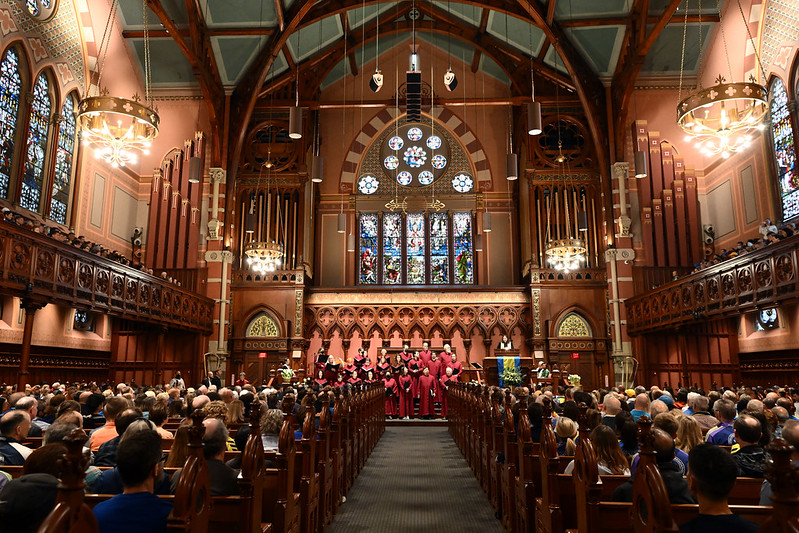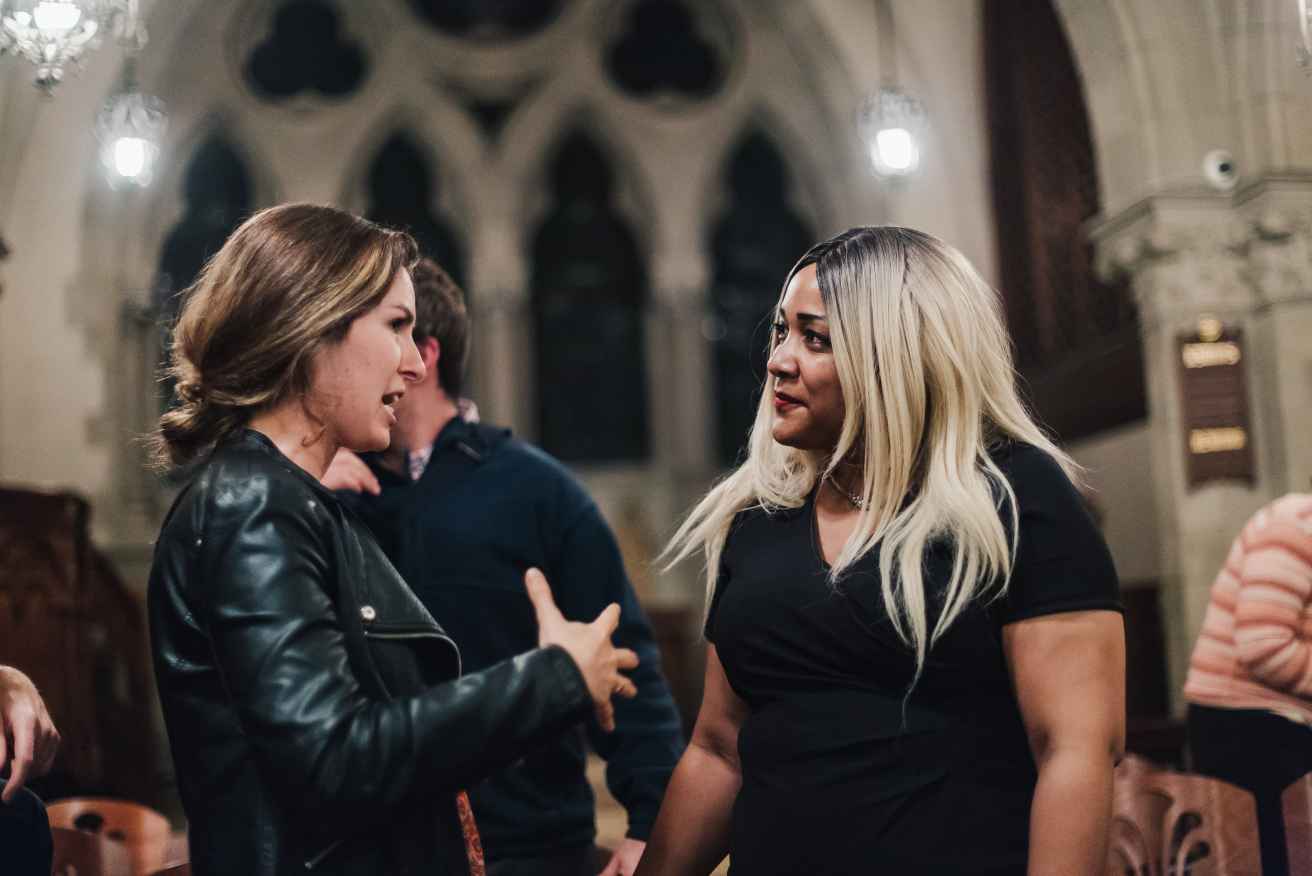While T.S. Eliot writes, “April is the cruelest month”, some of us would argue that February vies for that distinction. The freezing, wintry blasts that have us gripping our coats, scarves, and hats close to our shivering bodies, the never-ending gray days calling for us to add more lights to our growing lamp collections in every room of the house, the bone-chilling wet snow that finds its way into our “water-proof” boots, the stinging crystals of ice forming around our noses: Ah, February, why is it that although you are the shortest month, your days seem to stretch on forever?
While the outer landscape can seem desolate, it is more difficult to find our way through the inner landscape of depression that sometimes settles into our spirits as Ash Wednesday introduces us to the Lenten season. How can we help each other to negotiate this landscape, offering each other companionship through the “valley of the shadow” that may appear now, or unexpectedly in any other season of our life?
Here are some ideas to ponder as we learn to be with those for whom depression has appeared. Try to simply be there with another. We need not probe or offer advice or talk too much. Our presence during a time of intense despondency affords mute evidence of our care. While we should not indulge in her or his self-pity, we need not condemn it. Recognize that this person needs empathy and understanding, not more judgment.
Be encouraging, but do not argue with the negativism or defeatism. Try to be gentle and understanding, even when the person resents your being faithful. Try to help guide thinking and conversation toward others lives and interests and ways that we might be efficacious together. Being of some simple service in the world offers hope to the hopeless. But we must not expect too much of the person, or the weight of that responsibility may add to the depression.
We can try to engage the person in an activity with us. There is much to be gained by body motion, stimulating the heart, activating the glands, and speeding the blood flow. Offering to take the lead in this can help show we care enough to include this person in life-giving movement, be it a walk, a class, or just a trip outside the house.
While we hold the “Christ-light” for this person, we must try not to flood them with so much “cheerful light” that they are blinded by it. Be willing to enter his or her feelings first, being gracious, gentle, tender, and slow in offering suggestions. Hold still with the faith that waiting with someone is itself a gesture of hope.
We must be willing to spend time with him or her, knowing that love is patient and enduring. Spending time with another offers reassurance that he or she is cared for and worthwhile. We are showing each other that it is our very being that is beloved of God, not just our accomplishments and efficacy. We can pray together that God will show us a way through the valley, allowing us to trust life again.







